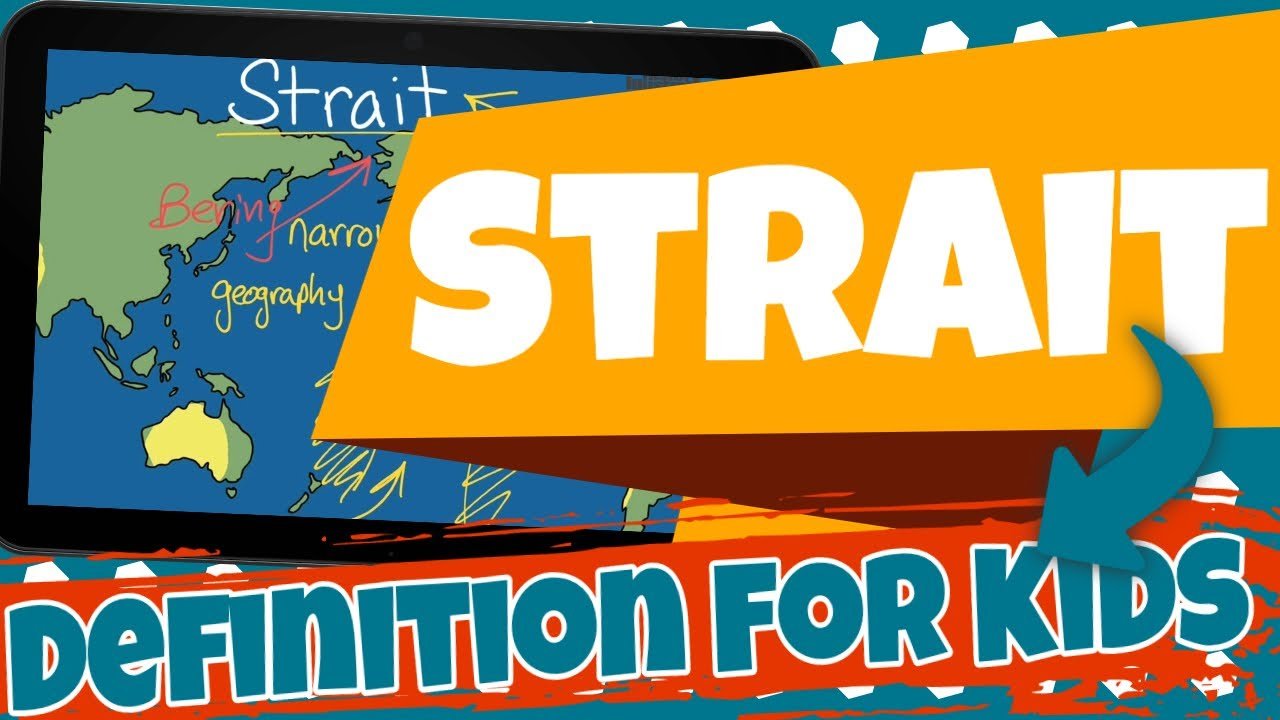Compass Rose
Lesson Plan: Exploring the Compass Rose
Objective:
To introduce students to the concept of a compass rose.
To help students understand the purpose of a compass rose on maps.
To engage students in a creative activity related to compass roses.
Materials:
Large world map or a printed map with a compass rose
Pictures or diagrams illustrating compass roses
Whiteboard and markers
Blank sheets of paper
Colored pencils, crayons, or markers
Compass (optional for demonstration)
Introduction (10 minutes):
Begin by asking the students if they've ever seen a symbol that looks like a star or a flower on a map.
Explain that today, they will learn about this symbol, called a "compass rose," and why it's important.
Discussion (10 minutes):
Show a world map or a printed map with a compass rose to the students.
Point out the compass rose and explain that it's a special symbol used on maps to show directions.
Discuss the purpose of a compass rose:
It helps us know which way is north, south, east, and west on the map.
It makes it easier for us to find our way and understand where things are located.
Use pictures or diagrams to illustrate the concept of a compass rose on a map.
Optionally, demonstrate how a real compass works and how it aligns with the directions on a compass rose.
Activity (15-20 minutes):
Provide each student with a blank sheet of paper and art supplies (colored pencils, crayons, markers).
Ask them to draw their own compass rose on the paper, including the cardinal directions (north, south, east, west) and intermediate directions (northeast, northwest, southeast, southwest).
Encourage them to decorate their compass roses creatively.
For added challenge, have students label the compass rose with the corresponding degrees (0° for north, 90° for east, etc.).
Conclusion (5 minutes):
Summarize the key points about a compass rose:
A compass rose is a symbol on maps that helps us find directions.
It shows the cardinal directions (north, south, east, west) and intermediate directions (northeast, northwest, southeast, southwest).
Ask students if they have any questions or if they'd like to share what they've learned.
Wrap-up (5 minutes):
Have a brief class discussion to recap what the students have learned about compass roses and their importance on maps.
Encourage students to use compass roses on maps to help them navigate and explore new places.
Homework (Optional):
If desired, assign a short homework task, such as asking students to find a map at home and identify the compass rose on it, noting the directions it points to.
Assessment:
Assess students' understanding through class discussion, their participation in the activity, and their ability to summarize key points about compass roses during the conclusion.






